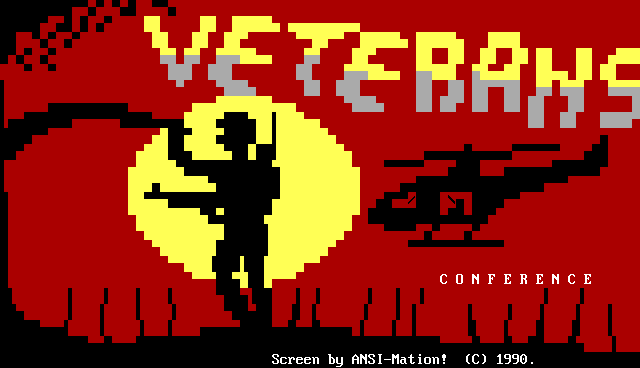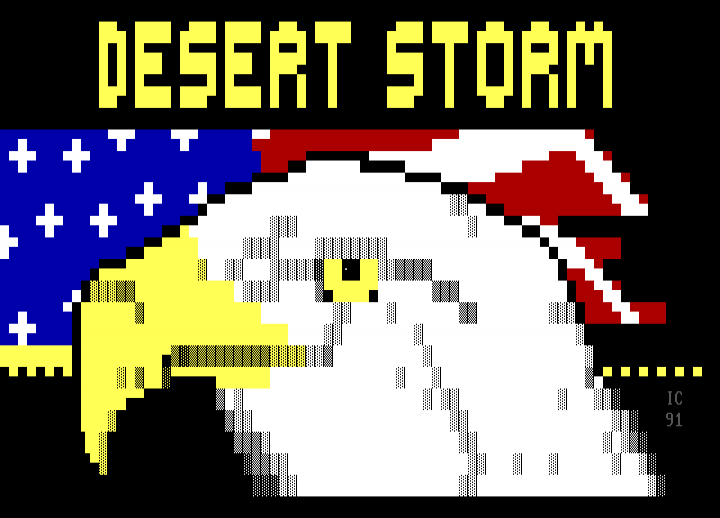by Kyler Phillips, Class of 2021, History
Bulletin Board Systems (BBSes for short) were the Internet before the Internet. As Benj Edwards describes, BBSes were text-based, hobbyist-run services that connected computers via telephone lines. They numbered in the tens of thousands and made up the online landscape of the 1980s and 90s before the Internet came along and wiped them out. Much like the contemporary Internet, BBSes were new in that they were both a mass medium and yet afforded users an inordinate amount of control and interactivity compared to radio or television. They give us an important early glimpse into how political communities were being connected online and the new ways that political expression was being constituted as a result. Because of technological constraints, BBSes were mostly text-based, with users being able to transfer text files or send messages. Despite this constraint, users still found ways to express themselves creatively, facilitating the popularization of text art as a new artistic medium that, both in terms of production and distribution, was an effective and accessible tool through which to communicate cultural-political iconography.

The image to the left is an ASCII art take on the Great Seal of the United States. If you look closely, you can see how users took the limited selection of 95 printable characters defined by the ASCII standard and turned them into pieces of art. The Great Seal is a historical symbol of divine American exceptionalism, with the original image being imbued with both religious imagery and representations of fundamental American political culture. Since this image was likely created in the 1980s, it can be connected to the broader Reagan conservative movement that called on the revival of perceived classic American values that seemingly made the U.S. special (perhaps in the eyes of God) like rugged individualism, militarism, and limited government.

The image to the right was created using ANSI, which had a particular character set intended for drawing and replaced ASCII as the popular way to create text art on BBSes. Despite the piece not explicitly stating it, many American viewers will recognize the imagery – both regarding the colors, the helicopter, flora, and the soldier – as referencing the Vietnam War. The 80s and 90s were a time of reimagining the Vietnam War in politics, history, and popular culture. The dominant narratives that arose during this time placed the experience of American veterans at the center of this reimagining, opening a space for veterans to share their stories, making this image an allusion to the mobilization of Vietnam veterans to participate.
The final image below is also ANSI art. With the clear “DESERT STORM” text in the background, the American flag and eagle are meant to glorify the American military’s engagement in the Gulf War, alluding to military interventionism as an extension of core American values. This is one of many ANSI art pieces uploaded to BBSes that were created specifically for the purpose of expressing support for the Gulf War, whose relative success (at first) was seen by many Americans as exonerating the United States of the emasculating experience that was the Vietnam War. Instead, the Gulf War and these artistic renderings of it project a masculine, militaristic side of American cultural-political iconography.

Source
Edwards, Benj. “The Lost Civilization of Dial-Up Bulletin Board Systems,” The Atlantic , November 2011. https://www.theatlantic.com/technology/archive/2016/11/the-lost-civilization-of-dial-up-bulletin-board-systems/506465
